 | |||||||
 |
You are here: Home | VMF-114 Pilot Story Gaylord Greenfield, VMF-114 Pilot, Shares his Memories of Yap In the summer of 2007 I was contact by Pete Greenfield. He had some questions about the data I had posted about Yap losses from VMF-114. He said he dad, Gaylord Greenfield, was a VMF-114 Corsair pilot who flew a number of Yap missions from Peleliu. Pete put me in touch with his father Gaylord. After talking to Gaylord about my Missing Air Crew Project and my quest to document the history of the men who were lost over Yap, he agreed to look through his log books and attempt to jog his memory to help me better understand VMF-114 missions against Yap. The following is Gaylords written memory and description of a typical VMF-114 mission from Peleliu to Yap. I greatly appreciate Gaylord's time to document this history!
Gaylord Greenfield, VMF-114 Corsair Pilot, Shares his Memories of Yap Missions For your statistical data, in July of 1944 at Esperito Santo our F4U-1 aircraft were replaced with FG-1s. Same airplane except the manufactured by Goodyear Aircraft Company. Then in September 1944 we ferried from Esperito Santo to Guadacanal, Bouganville, Emirau , Pitilu,Owi Schoutin and on to Peleliu. On landing at Peleliu if we had to go around it was necessary to stay below fifty feet as the 155 howitzers were firing over the runway into the hill just beyond. We landed there on September 29, 1944. We immediately began bombing the hills there on Pelelui with 1000 lb. bombs. We would take off and not even pull up the landing gear, just swing around and drop our bombs in the caves and come on around the pattern and land. My log book shows that my first run to Yap occurred on Oct 23. It was a three hour round trip. It further show three more strikes over the next 3 months. I was not on the one on November 22, 1944 when Bob Spain was shot down. I don't recall coming back with any holes in my airplane but that is probably my fading memory. The typical flight went like this: It consisted of 16 aircraft out of the 24 assigned to the squadron. Normally led by the operations officer, Major Jack Conger, on occasion by the CO, Major Robert (Cowboy)Stout. We carried one 1000 lb. bomb and our internal fuel only (238 gallons). We would usually make individual takeoffs and join the leader as he made one curcuit around the field. By that time we would be at about three thousand feet and we would complete the climb to eight thousand feet. Operations would normally try to assign an aircraft with an operable gyro horizon to the leader. There were rarely even half of the planes with a good gyro do to shortages. The flight would be flown with a loose four, four plane divisions. There seemed to always be a front out there that we had to go through. They could be seen from at least 25 miles and as we got closer the formation tightened up until at the time we reached it we were in a tight wingtip position, Everyone was relying on the leader having a good gyro. If he didn't he would turn the lead over to some one who did. So we had 16 airplanes in tight formation in visibility that only permitted you to see the plane you were flying wing on and hoping the turbulence didn't get so bad you would lose him. Because if you lost him your gyro was probably bad and you would the be leading everybody behind you. Once reaching the island at 8-10 thousand feet we would line up in echelon as we approached the target and peel of to the left.
I have a vivid memory of one of these strafing runs on the town of Yap. I has diving down hitting the trigger on all 6-.50 caliber machine and just quit shooting as I leveled out when at the building top level down in the street. I looked to the left and keyed my mike." Bob" I yelled rapidly, "three guys on my left on the roof." Bob Svare was my wingman for that flight and was about a thousand yards behind me on my left still in a dive. All he had to do was hit his trigger as he was all lined up. He did and the three guys and their machine gun went flying. We pulled up, went out to sea and joined up for the trip home. Then we did another damage assessment---on our own airplanes. Mostly when you are hit it is small arms while you are strafing. And generally you can hear it hit, if you are close to the gun as I was down in the street you can hear the gun firing. After we joined up anyone who knew he was hit would sound off and his wingman or leader would look his plane over carefully for any leaks or other damage that might be a problem on the return flight. Generally out of the sixteen on the strike four or five would have holes in them
After a few minutes of silence Zip Zabel came up on the tactical channel "Herb" he said, "If it is any consolation I just crapped in my drawers for the third time and I don't think I'm done yet." Diarrhea was a constant problem but you hoped it wouldn't happen on a long flight. My log book shows that we on at least three occasions we bombed Yap and then went on to Ulithi Atoll, spent the night, refueled and rearmed and bombed Yap again on the way back to Pelilieu. We usually took on in section formation two aircraft at a time at full power-2700 rpm and 52 inches of manifold pressure. After takeoff the landing gear was retracted and the climb was at normal rated power - 2550 rpm and 42 inches of manifold pressure. Formation join up would be completed by about three thousand feet and power would be reduced to 2350 rpm and 34 inches of mp. for a cruise climb en route leveling off at 8-10 thousand feet. Cruise power would be 1750 rpm and 28 inches of mp. Fuel consumption would run at about 150 gallons per hour on takeoff as the fuel mixture was very rich for cooling at that setting. Normal rating for climb would run 100-110 gph. Cruise 48-52 gph. A three hour strike to Yap and back would put us in to the traffic pattern for landing just about the time the red light on fuel came on. Gaylord Greenfield, VMF-114 pilot, shares pictures of Bob Spain lost on 22 Nov 44 over Yap Island Gaylord Greenfield shared pictures of 1st Lt. Robert (Bob) Spain. Gayload flew with Bob Spain and was on the mission when he was shot down over Yap island. The pictures can be viewed at the following link: Gaylord Greenfield Picture Located, December 24, 2013 I located the following Navy cadet cruise book picture of Gaylord Greenfield from July 10, 1943:
Do you have story to share? Please share additional stories about Yap missions. Email Pat Ranfranz at: pat@missingaircrew.com
Submit comments about this site
|
 |
|||||
 | |||||||
|
This site is owned & developed by Patrick Ranfranz of Cameron, Wisconsin, USA Email: pat@missingaircrew.com | 1473 21 1/2 Street, Cameron, WI 54822 Copyright Notice: All images and text on this website are protected by U.S. and International Copyright Law. Help support this site, order your www.Amazon.com materials through this link. |
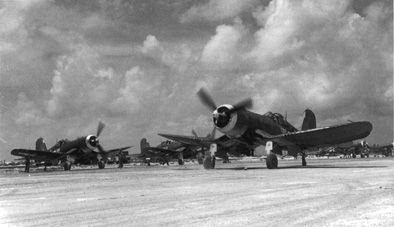
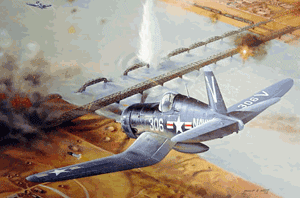
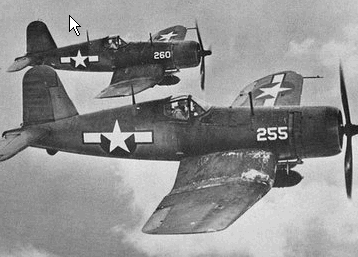
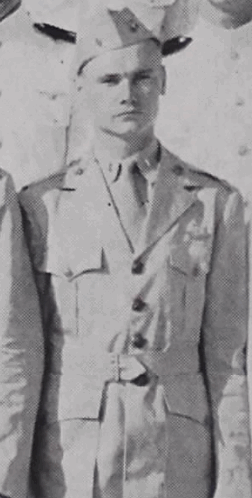
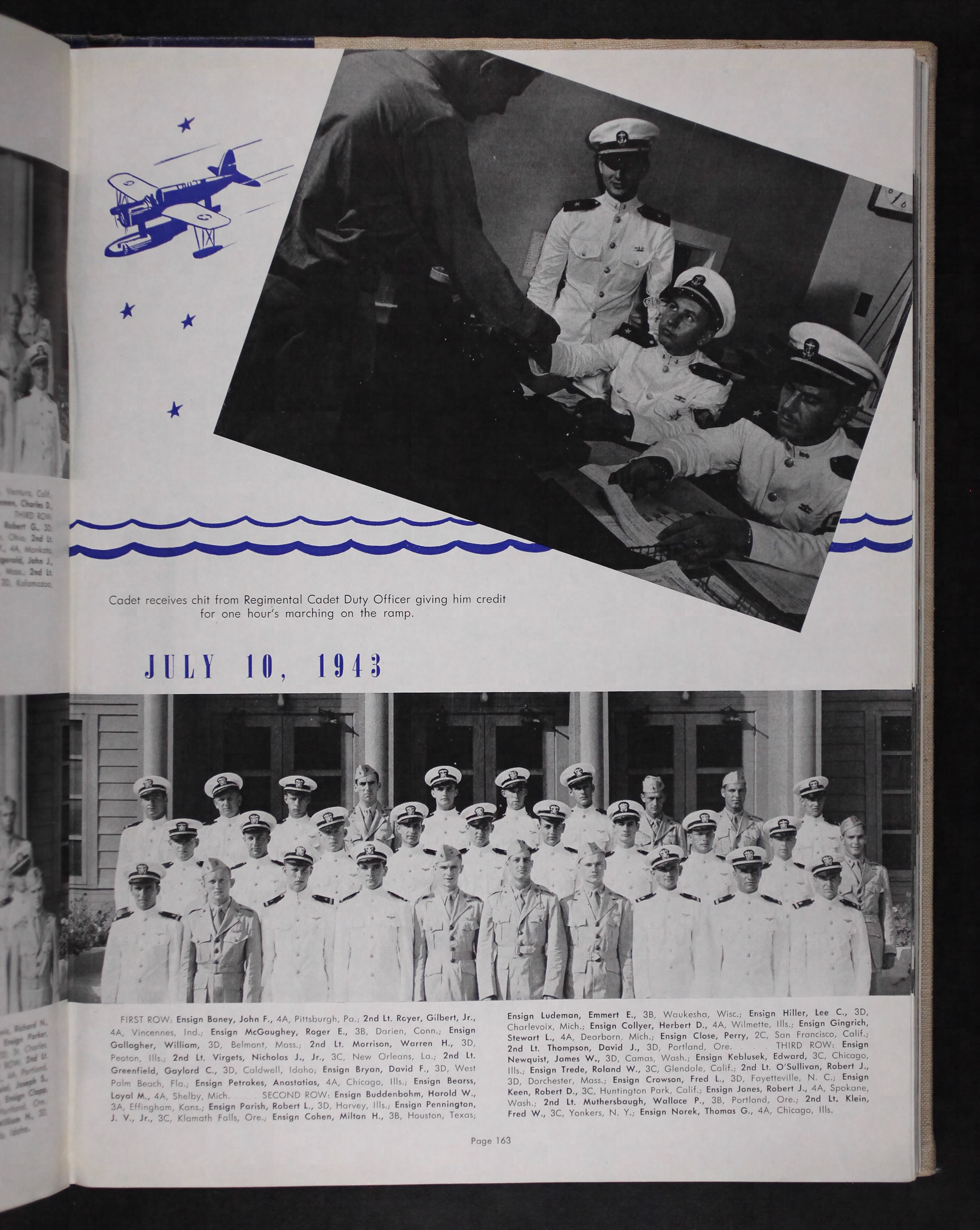


 PIN IT
PIN IT